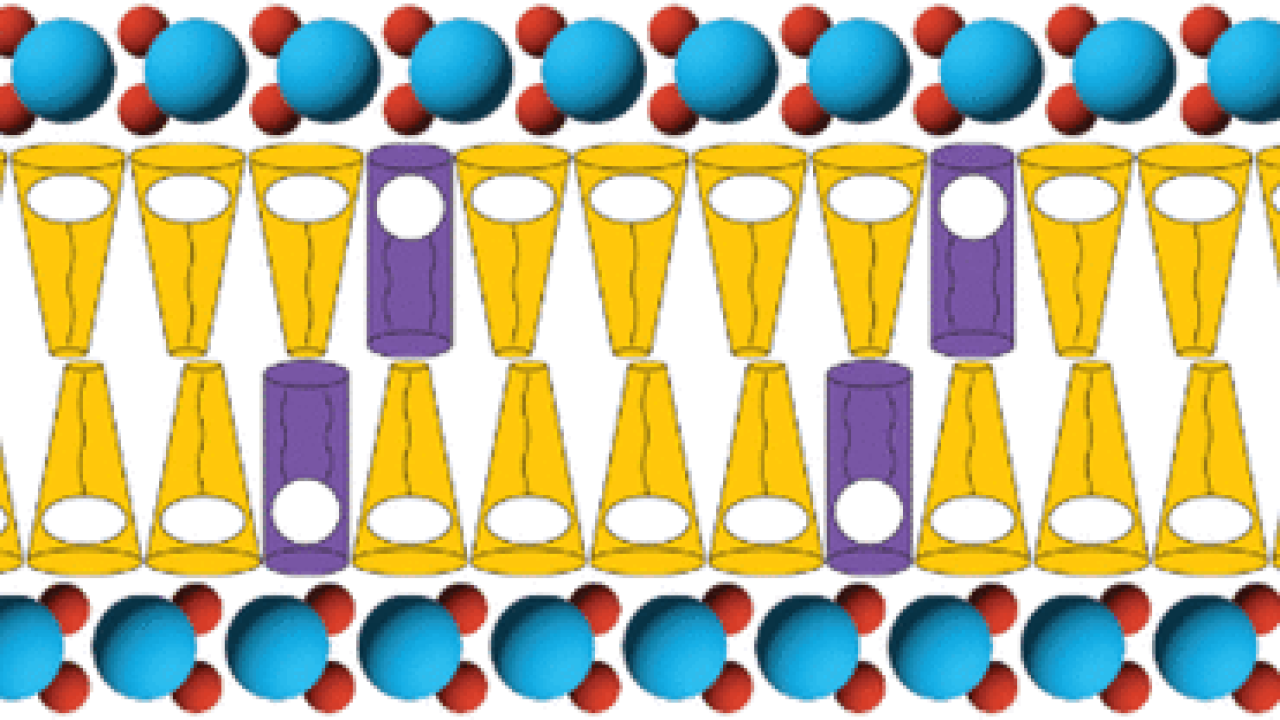
"Surfactant-Mediated Structural Modulations to Planar, Amphiphilic Multilamellar Stacks," Daniel J. Speer*, Marta Salvador-Castell*, Yuqi Huang, Gang-Yu Liu, Sunil K. Sinha, and Atul N. Parikh, J. Phys. Chem. B 127, 7497–7508 (2023) [special issue “Steven G. Boxer Festschrift”]
Published as part of The Journal of Physical Chemistry virtual special issue “Steven G. Boxer Festschrift”
The hydrophobic effect, a ubiquitous process in biology, is a primary thermodynamic driver of amphiphilic self-assembly. It leads to the formation of unique morphologies including two highly important classes of lamellar and micellar mesophases. The interactions between these two types of structures and their involved components have garnered significant interest because of their importance in key biochemical technologies related to the isolation, purification, and reconstitution of membrane proteins. This work investigates the structural organization of mixtures of the lamellar-forming phospholipid 1-palmitoyl-2-oleoyl-sn-glycero-3-phosphocholine (POPC) and two zwitterionic micelle-forming surfactants, being n-dodecyl-N,N-dimethyl-3-ammonio-1-propanesulfonate (Zwittergent 3-12 or DDAPS) and 1-oleoyl-2-hydroxy-sn-glycero-3-phosphocholine (O-Lyso-PC), when assembled by water vapor hydration with X-ray diffraction measurements, brightfield optical microscopy, wide-field fluorescence microscopy, and atomic force microscopy. The results reveal that multilamellar mesophases of these mixtures can be assembled across a wide range of POPC to surfactant (POPC:surfactant) concentration ratios, including ratios far surpassing the classical detergent-saturation limit of POPC bilayers without significant morphological disruptions to the lamellar motif. The mixed mesophases generally decreased in lamellar spacing (D) and headgroup-to-headgroup distance (Dhh) with a higher concentration of the doped surfactant, but trends in water layer thickness (Dw) between each bilayer in the stack are highly variable. Further structural characteristics including mesophase topography, bilayer thickness, and lamellar rupture force were revealed by atomic force microscopy (AFM), exhibiting homogeneous multilamellar stacks with no significant physical differences with changes in the surfactant concentration within the mesophases. Taken together, the outcomes present the assembly of unanticipated and highly unique mixed mesophases with varied structural trends from the involved surfactant and lipidic components. Modulations in their structural properties can be attributed to the surfactant’s chemical specificity in relation to POPC, such as the headgroup hydration and the hydrophobic chain tail mismatch. Taken together, our results illustrate how specific chemical complexities of surfactant–lipid interactions can alter the morphologies of mixed mesophases and thereby alter the kinetic pathways by which surfactants dissolve lipid mesophases in bulk aqueous solutions.
DOI:10.1021/acs.jpcb.3c01654